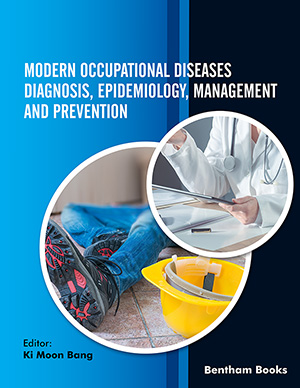Abstract
This chapter provides an up-to-date review of the occurrence and causes of
occupational cancer based on epidemiologic studies and discusses the epidemiology of
occupational cancer, the characteristics, research priorities, prevention, and
surveillance. Epidemiologic methods have been very successful in documenting cancer
risks associated with agents. Epidemiologic data is useful when an exposure-response
relationship can be demonstrated. Examples of agents for which epidemiologic studies
provide evidence of an exposure-response relationship include benzene and
myelogenous leukemia. Vinyl chloride causes liver cancer which is an example of
associations between single agents and rare histologic types of cancer. It is more
difficult to conduct epidemiologic studies to identify cancer risks associated with
complex mixtures. Studies of diesel exhaust, lung cancer, and metal machining oils are
cited as having employed advanced industrial hygiene and epidemiologic methods for
studies of complex mixtures. At present, less than 20 known occupational carcinogenic
agents have been evaluated based on studies in humans and animals by the
International Agent for Research on Cancer. Furthermore, exciting developments in
epidemiologic and animal studies will contribute to identifying additional carcinogenic
agents in the workplace. New biologic markers of exposure and cancer-related
outcomes must be identified and integrated into epidemiologic studies. Because
epidemiologic data regarding the carcinogenicity of many exposures are not available,
research methods to evaluate and improve the predictive value of animal and in vitro
systems must be developed. A complete understanding of occupational cancer trends
will be required further to research occupational cancer risks and means of prevention.
Keywords: Cancer Surveillance, Cancer Research, Carcinogens, Dose-response, Histologic Types, Latency Period, Morbidity, Mortality, Medical Screening, Occupational Cancer, Prevention, Threshold Limit Values.






















